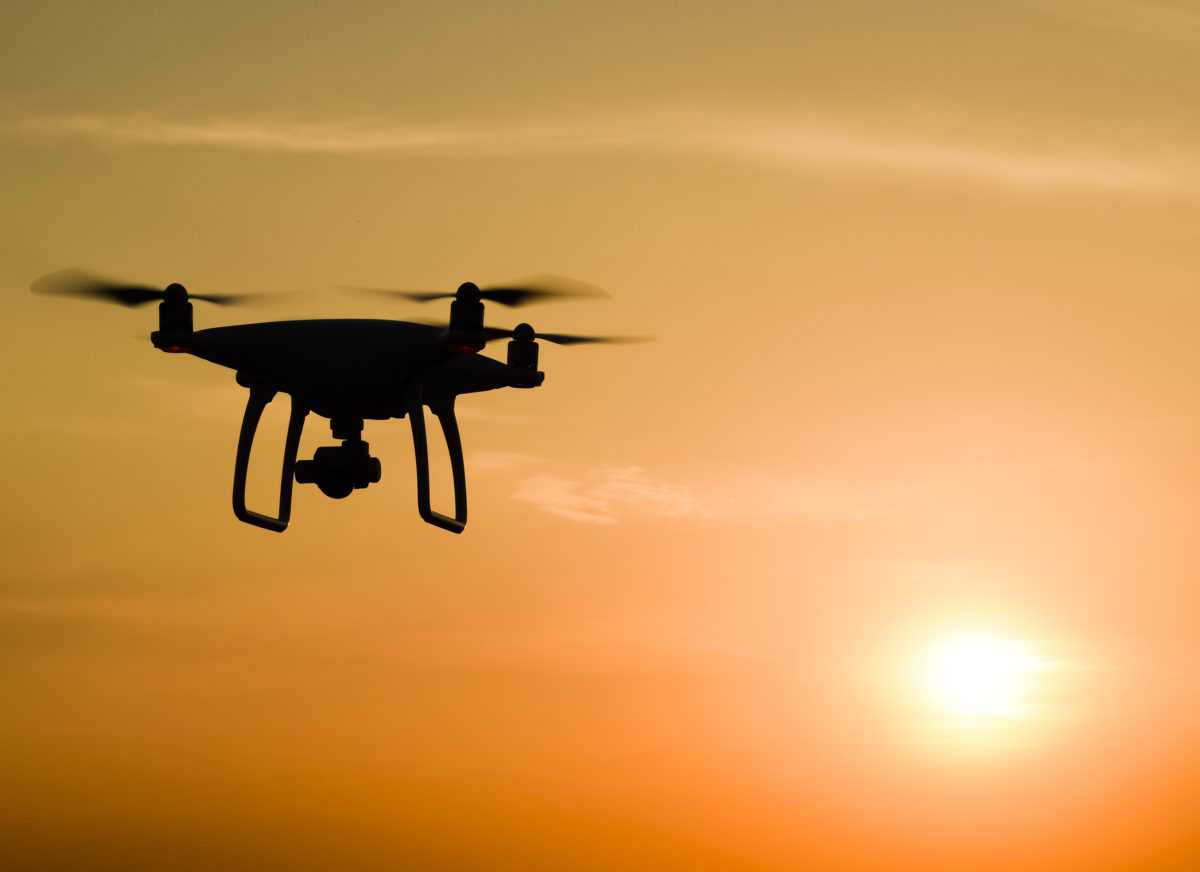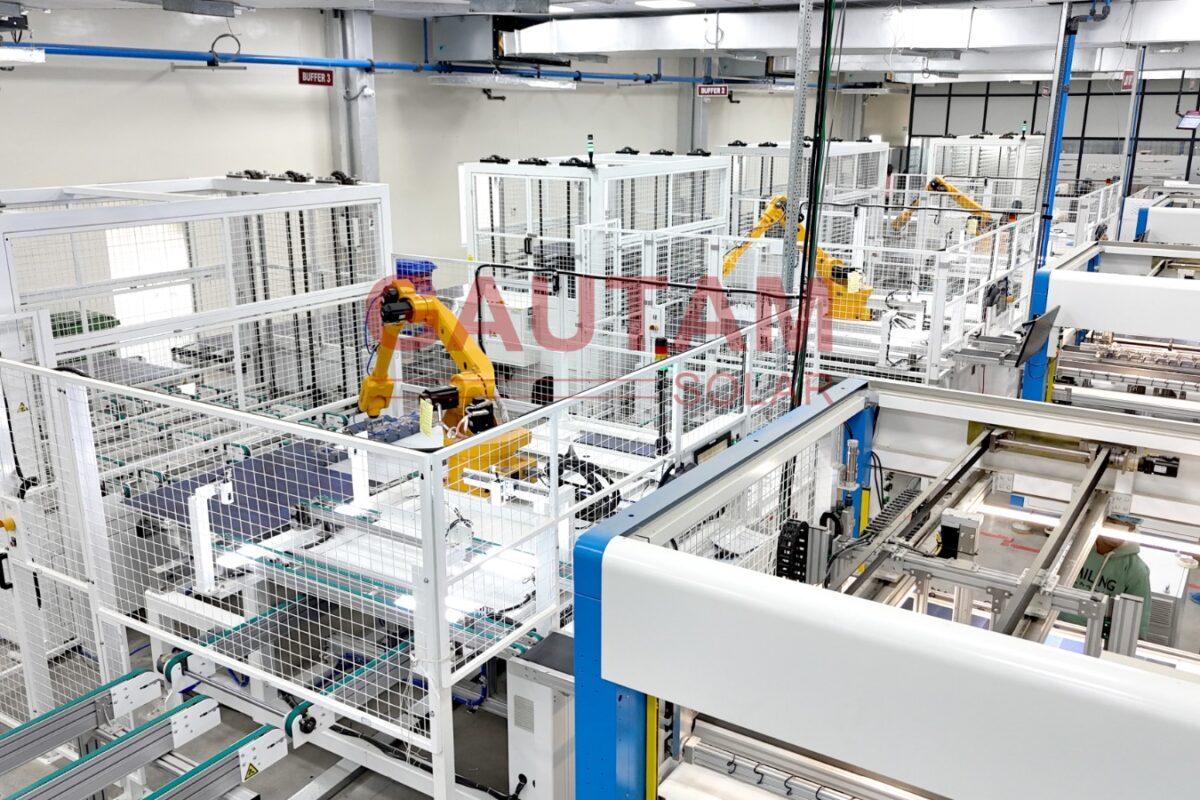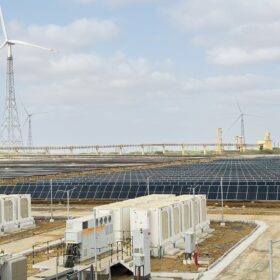pv magazine: What’s the size of the market for drones in Indian solar installations?
There are no clear indicators of the kind of solar projects that are actively using drones currently for operations & maintenance (O&M), which is the most significant solar segment use case. The lack of a clear policy directive restricts companies from making full-scale use of drones in solar fields for fear of antagonizing the local population (especially in the rural areas) and police.

pv magazine: Do you see the market improving? What areas in solar installations make the most significant use-case?
With the amendment to Civil Aviation Requirement 2.0, this trend is likely to change in the coming years. Companies operating in solar O&M will be early adopters, with potential use cases ranging from thermographic inspection to site surveys for clearing vegetation, as well as remote monitoring and inspection of solar fields.
pv magazine: Up to what extent can the operations and maintenance cost be slashed with the use of drones?
Usage of drones and other such Unmanned Aerial Vehicles (UAVs) in operations and maintenance of solar plants have immense potential for cost savings. For instance, thermographic inspections will cost almost half of what they currently account for.
Other aspects of site inspection can be supported by drone technology and save on labor costs, time, and improve plant efficiency by at least 15-20%.
pv magazine: Other than policy-related gaps, what are the major challenges to the adoption of drones in the solar sector?
High costs are associated with drones and associated systems that are required to operate in remote geographies in usually very harsh climates. There is also a lack of customer awareness on such technologies—especially the benefits relating to data that can be gathered using such systems for analysis and improving plant operations in real time. Privacy concerns, as well as data/cybersecurity-related challenges, arise as the adoption of drones increases.
pv magazine: Worldwide, which countries are the early adopters? What are the guidelines in place to ensure safe operations?
North America is the most advanced region for the drone services market with its large number of drone service providers and certified drone pilots. Many US power utilities, for example, are already investing in in-house drone programs to support the operation and maintenance of their power assets.
However, in the US, BVLOS (below visual line-of-sight) operations of drones and UAVs are not yet allowed without a hard-to-get waiver from Federal Aviation Agency.
BVLOS operations in India also require policy amendments, implementation of airworthiness standards, and bimodal control to realize the full potential of the technology and its applications.
Canada is an excellent example of regulatory progress for enabling safe drone operations.
This content is protected by copyright and may not be reused. If you want to cooperate with us and would like to reuse some of our content, please contact: editors@pv-magazine.com.









good.
sir,
why dont you conduct a webinar on this please